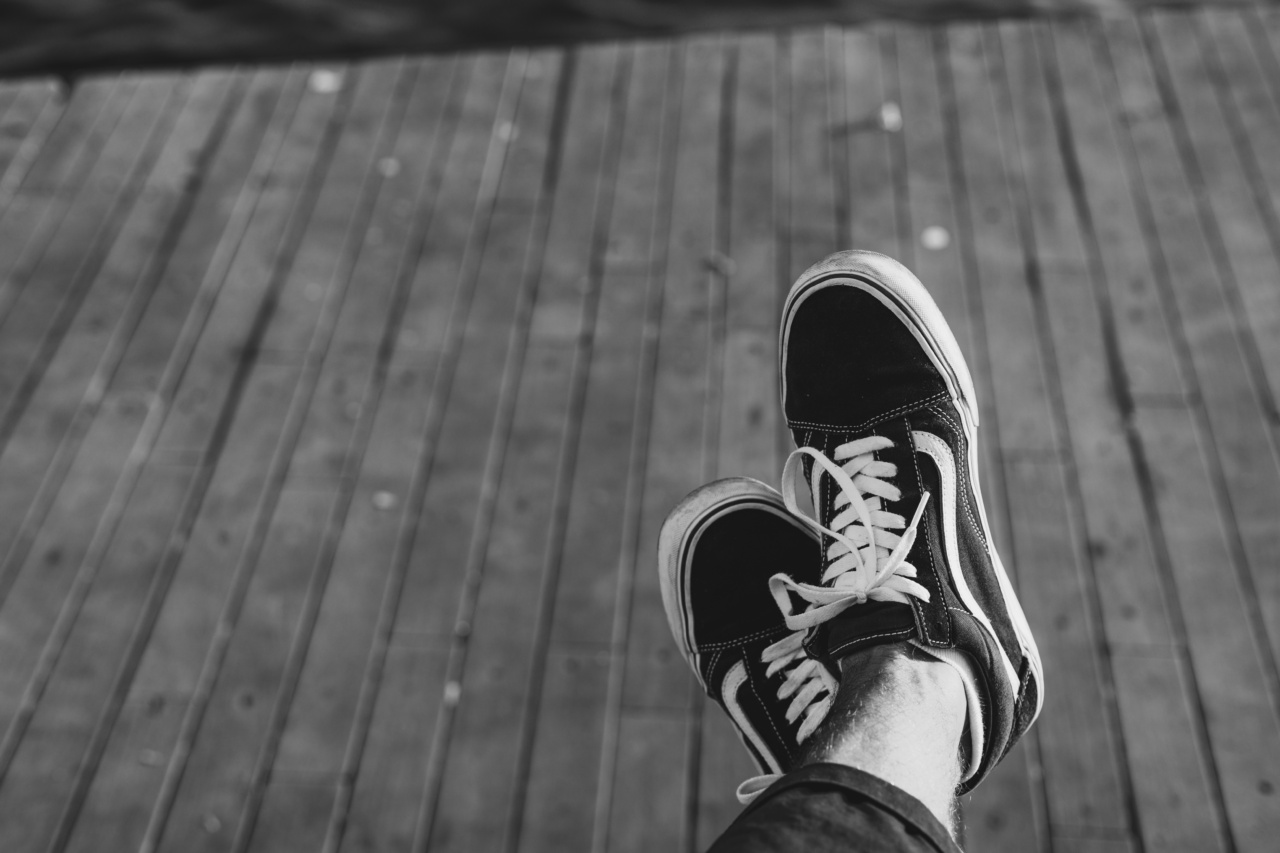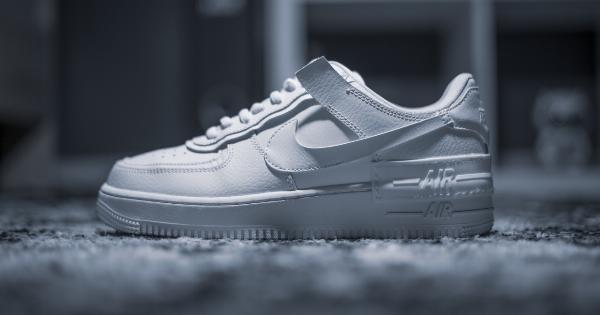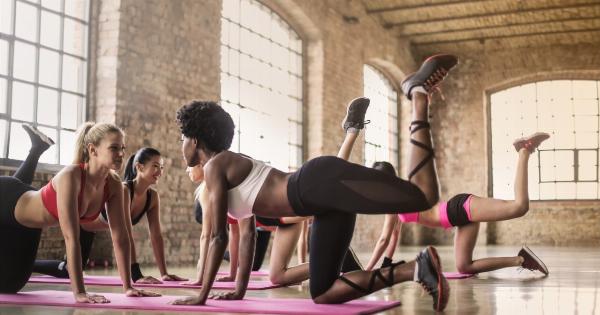When it comes to athletic shoes, choosing the right pair can make all the difference. Not only can the right pair of sneakers improve your performance, but they can also prevent injury.
With so many options available, it can be overwhelming to select the perfect pair to meet your individual needs. Here are five tips for selecting the best sneakers for your feet:.
Tip 1: Determine Your Foot Type
Before you begin shopping for sneakers, it’s important to know what type of foot you have. There are three main foot types:.
- Neutral feet have a moderate arch and leave a wet footprint with a wide forefoot and narrow heel.
- Flat feet have no arch and leave a complete footprint with a wide forefoot and flat arch.
- High-arched feet have a high arch and leave a narrow footprint with a narrow heel and forefoot.
Knowing your foot type will help narrow down your options and ensure you choose a sneaker that provides the necessary support and cushioning for your specific foot type.
Tip 2: Consider the Activity
The type of activity you plan to engage in will also play a role in selecting the best sneakers for your feet. Different activities require different types of support and cushioning.
For example, running sneakers need to provide ample cushioning to absorb the impact of each stride while basketball sneakers require a sturdy sole for quick cuts and jumps.
Tip 3: Look for Proper Fit
One of the most important factors in selecting the perfect pair of sneakers is finding a pair that fits perfectly. A proper-fitting sneaker should feel snug but not tight, with enough room in the toe box to wiggle your toes.
Make sure you try on sneakers at the end of the day when your feet are at their largest and wear the socks you plan to wear during your activity.
Tip 4: Check the Cushioning and Support
Cushioning and support are critical components of sneakers, especially for individuals with flat or high-arched feet. Look for footwear with ample cushioning in the forefoot and heel as well as the midsole.
Additionally, the right support structure can help prevent injury. Look for sneakers with a snug heel cup and solid arch support.
Tip 5: Choose the Right Material
The material of the sneaker can affect comfort, flexibility, and durability.
For example, running sneakers often feature breathable mesh uppers to keep your feet cool, whereas basketball sneakers may feature sturdier leather or synthetic materials for durability. Consider the type of activity and environment you will be wearing the sneakers in when selecting the material.































